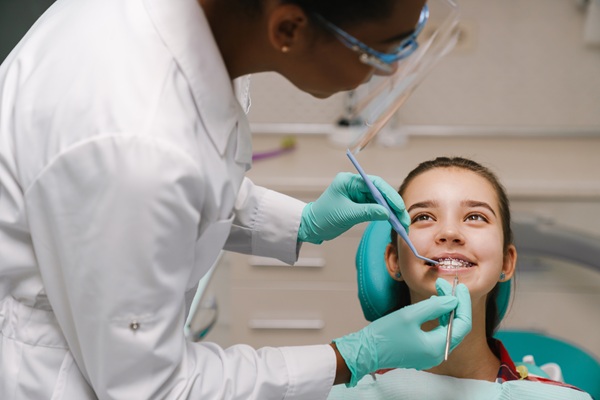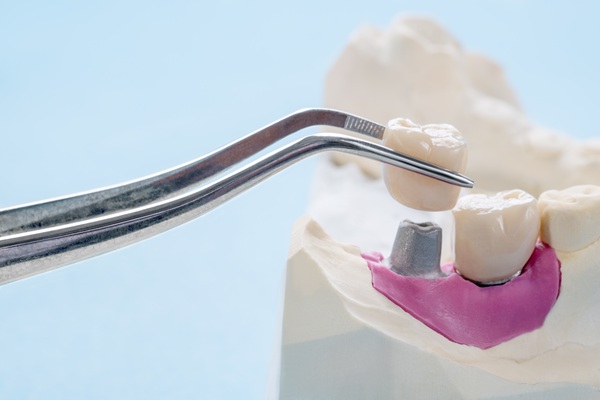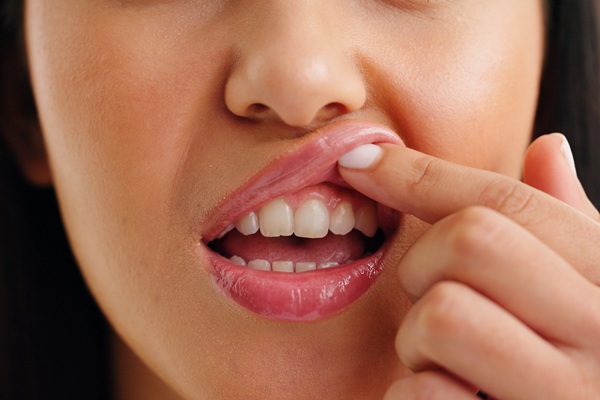How Does a Kid Friendly Dentist Use X-rays?

Taking your child to see a kid friendly dentist every six months is important for their dental health and development. Professional cleanings can help prevent tooth decay and gum disease while regular visits help children feel more comfortable for future dental care. Dentists can also use a variety of tools, including X-rays, for the early detection and treatment of significant dental issues.
The importance of dental X-rays for children
Many dentists recommend X-rays starting at a young age for good reason; this type of imaging can detect issues below the surface before they become problematic. Because younger children are not always able to tolerate extensive dental work well, prevention and early detection are often preferred.
Detecting cavities
X-rays can highlight tooth decay that is invisible to the naked eye, even if it is well trained to detect cavities. The images can also show the true extent of the damage. This allows the dentist to make a more informed decision about which treatment approach to take.
Monitoring tooth decay
In younger patients, dentists often prefer to avoid or delay fillings if at all possible. When decay is relatively small and minor, improving home care and using topical treatments may be enough to slow it until the baby tooth falls out on its own. Dentists will use X-rays to monitor tooth decay to make sure it is not progressing too quickly or requires other treatment.
Studying bone and tooth development
Many kid friendly dentists want to see X-rays of even the healthiest mouths to show how things are developing below the gum line. This allows them to study how the baby and adult teeth are forming and lining up for future eruptions. It also allows for the detection of any potential issues with jaw or palate formation.
Treating injuries
Dental injuries are common in children. X-rays help dentists see the extent of the damage to select the appropriate procedure for treatment. They may also be used to monitor chipped or cracked teeth, as these are at risk of becoming abscessed.
How to understand dental X-rays
The risk for radiation exposure during an X-ray is minimal. However, a kid friendly dentist will usually take extra precautions to protect the youngest patients from unnecessary exposure. This may include the use of heavy aprons and collars. In addition, a dentist will only request X-rays if they are truly necessary or beneficial for the patient.
Children must be able to sit completely still during the process, so X-rays are not usually done until close to age three. Most patients can expect to have them once a year, however, they may need to be taken more frequently if the dentist is monitoring an existing condition or if the child has a high risk for certain dental issues. Kids with excellent dental health and low risks for problems may require them less often.
Conclusion
Dental X-rays play an important role in maintaining a child's dental health. Early detection of many issues can result in less invasive treatments and better outcomes for the patient. A kid friendly dentist can direct parents in choosing a schedule that is appropriate for each child's unique needs.
Request an appointment here: https://www.elmstfamilydental.com or call Elm Street Family Dental at (541) 393-9196 for an appointment in our Albany office.
Check out what others are saying about our dental services on Yelp: Kid Friendly Dentist in Albany, OR.
Recent Posts
Looking for a family dentist? A family dentist is a dental professional who provides their patients with the educational services they need in order to experience good oral health. Learning some tips that support oral health helps support a healthy mouth.Looking for a family dentist in Albany? Family dentists are different from other types of…
Dental emergencies can happen anywhere and at any time, so it is beneficial to have an emergency dentist. You should find a dentist before the need arises. Experiencing any dental emergency is bad enough without having to prolong the suffering and pain while looking for a dentist. No one wants to be in a position…
For dental emergencies, people can go to an emergency dentist or an emergency room. However, several things should be considered before deciding where to seek medical help. Just like any other medical emergency, dental emergencies also require different levels of care. This depends on their severity. The ideal place to go for treatment when you…
Experiencing dental trauma or severe oral health conditions can require a visit to the emergency dentist. Read on to learn about dental issues that an emergency dentist can address. While certain situations are straightforward to diagnose and treat, emergency dentists may also diagnose and treat more difficult issues.Many people do not visit the emergency dentist…


